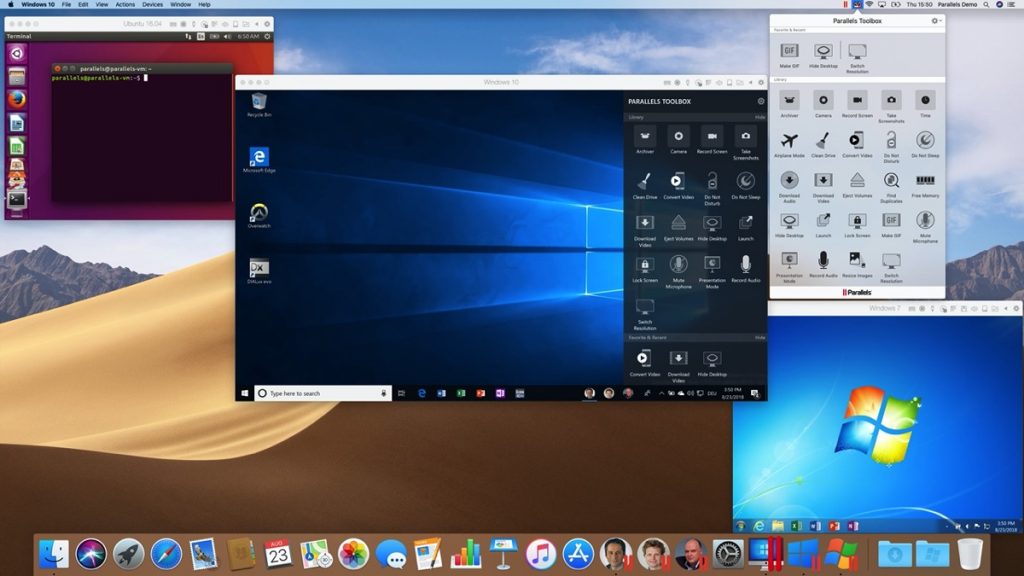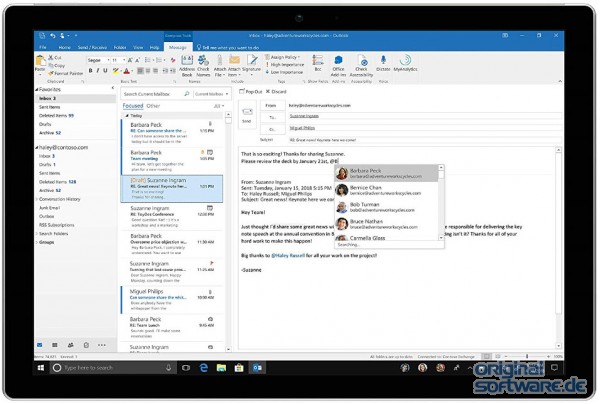

We do this with pre-installed X.509 certificates on the AP and WLC. Before the AP and WLC connect, they have to authenticate each other.

When a lightweight AP boots, it uses discovery mechanisms to search and connect to a WLC. This AP connects to a WLC but can also work standalone. One exception is the FlexConnect architecture. Splitting functions between the AP and WLC is what we call the split-MAC architecture. The lightweight AP requires a WLC it can’t function on its own. The WLC controls many APs in the network. We take away some of the intelligence of the AP, which is why we call them lightweight APs (LAP). Since these functions are not real-time, we can move them to a central point, the WLC.
 Association and reassociation (roaming). We separate the following management and real-time functions of the AP: The AP should handle real-time functions, but everything that is not delay-sensitive can do from a central location. With wireless networking, we have real-time and management functions. To overcome these problems, we move some functions from the AP to a central location, the Wireless LAN Controller (WLC): There is no central point in the network to do things with our wireless traffic like policing, QoS, or intrusion detection. We need to configure the RF parameters manually. VLANs can span the entire wired network. When we want a new SSID, we also have to create a new VLAN on all switches. If we want roaming, we need to configure VLANs and SSIDs on all APs. As explained, this decentralized architecture has some drawbacks: Split-MAC ArchitectureĪutonomous APs work alone we configure them one by one. It’s a fine solution for a small network, but when the network grows, it doesn’t scale very well. There is also no central point in the network to monitor wireless traffic and do things like policing, QoS, or intrusion detection.Īnother term for the autonomous AP solution is the local MAC architecture.Īs you see, there are some limitations and problems with the autonomous AP setup. You could do this with Cisco Prime Infrastructure. You could make your life a bit easier and use a management platform to configure the APs. You also need to configure a new VLAN on all APs and switches. If you want to configure a new SSID, you have to configure it on all APs. This means your VLAN has to span the entire network. When a wireless user wants to roam from one AP to an AP that is connected to the access layer of another distribution layer, you’ll have to cross the core layer. Requiring VLANs everywhere introduces an issue on the switched network stretched VLANs. You also need to ensure that when an AP fails, other APs can take over, so there is no coverage hole. With multiple APs, you have to figure out which channels and what transmit power to use, so there is enough overlap and (almost) no interference between APs. You also need to configure RF parameters like the channel you want to use and the transmit power. This is no problem, but it means you have to configure the same SSID and VLAN on all APs. Let’s say you want the capability that wireless users can roam from one AP to another without losing their connection and DHCP assigned IP address. You configure each autonomous AP individually. Wireless users in the same VLAN can communicate directly with each other this traffic doesn’t have to cross the wired network. We want to separate management and data traffic, which is why we use a separate management VLAN.
Association and reassociation (roaming). We separate the following management and real-time functions of the AP: The AP should handle real-time functions, but everything that is not delay-sensitive can do from a central location. With wireless networking, we have real-time and management functions. To overcome these problems, we move some functions from the AP to a central location, the Wireless LAN Controller (WLC): There is no central point in the network to do things with our wireless traffic like policing, QoS, or intrusion detection. We need to configure the RF parameters manually. VLANs can span the entire wired network. When we want a new SSID, we also have to create a new VLAN on all switches. If we want roaming, we need to configure VLANs and SSIDs on all APs. As explained, this decentralized architecture has some drawbacks: Split-MAC ArchitectureĪutonomous APs work alone we configure them one by one. It’s a fine solution for a small network, but when the network grows, it doesn’t scale very well. There is also no central point in the network to monitor wireless traffic and do things like policing, QoS, or intrusion detection.Īnother term for the autonomous AP solution is the local MAC architecture.Īs you see, there are some limitations and problems with the autonomous AP setup. You could do this with Cisco Prime Infrastructure. You could make your life a bit easier and use a management platform to configure the APs. You also need to configure a new VLAN on all APs and switches. If you want to configure a new SSID, you have to configure it on all APs. This means your VLAN has to span the entire network. When a wireless user wants to roam from one AP to an AP that is connected to the access layer of another distribution layer, you’ll have to cross the core layer. Requiring VLANs everywhere introduces an issue on the switched network stretched VLANs. You also need to ensure that when an AP fails, other APs can take over, so there is no coverage hole. With multiple APs, you have to figure out which channels and what transmit power to use, so there is enough overlap and (almost) no interference between APs. You also need to configure RF parameters like the channel you want to use and the transmit power. This is no problem, but it means you have to configure the same SSID and VLAN on all APs. Let’s say you want the capability that wireless users can roam from one AP to another without losing their connection and DHCP assigned IP address. You configure each autonomous AP individually. Wireless users in the same VLAN can communicate directly with each other this traffic doesn’t have to cross the wired network. We want to separate management and data traffic, which is why we use a separate management VLAN. 
The autonomous AP also has a management IP address we need this to SSH into the AP so we can configure things like: We need the 802.1Q trunk to the switch this is how the AP has access to all required VLANs. Our autonomous AP is on the access layer and connected with a trunk. I highlighted the connections for one of the APs. The AP can offer one or more BSSes and connect VLANs to SSIDs.īelow is a picture of what this looks like on an enterprise network: Wireless and wired clients are on the same LAN and can communicate with each other.Īn autonomous AP has all the required intelligence to serve wireless clients and to connect to the wired network. We use most wireless networks as an extension of the wired network.








 0 kommentar(er)
0 kommentar(er)
